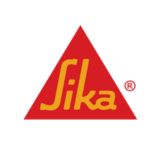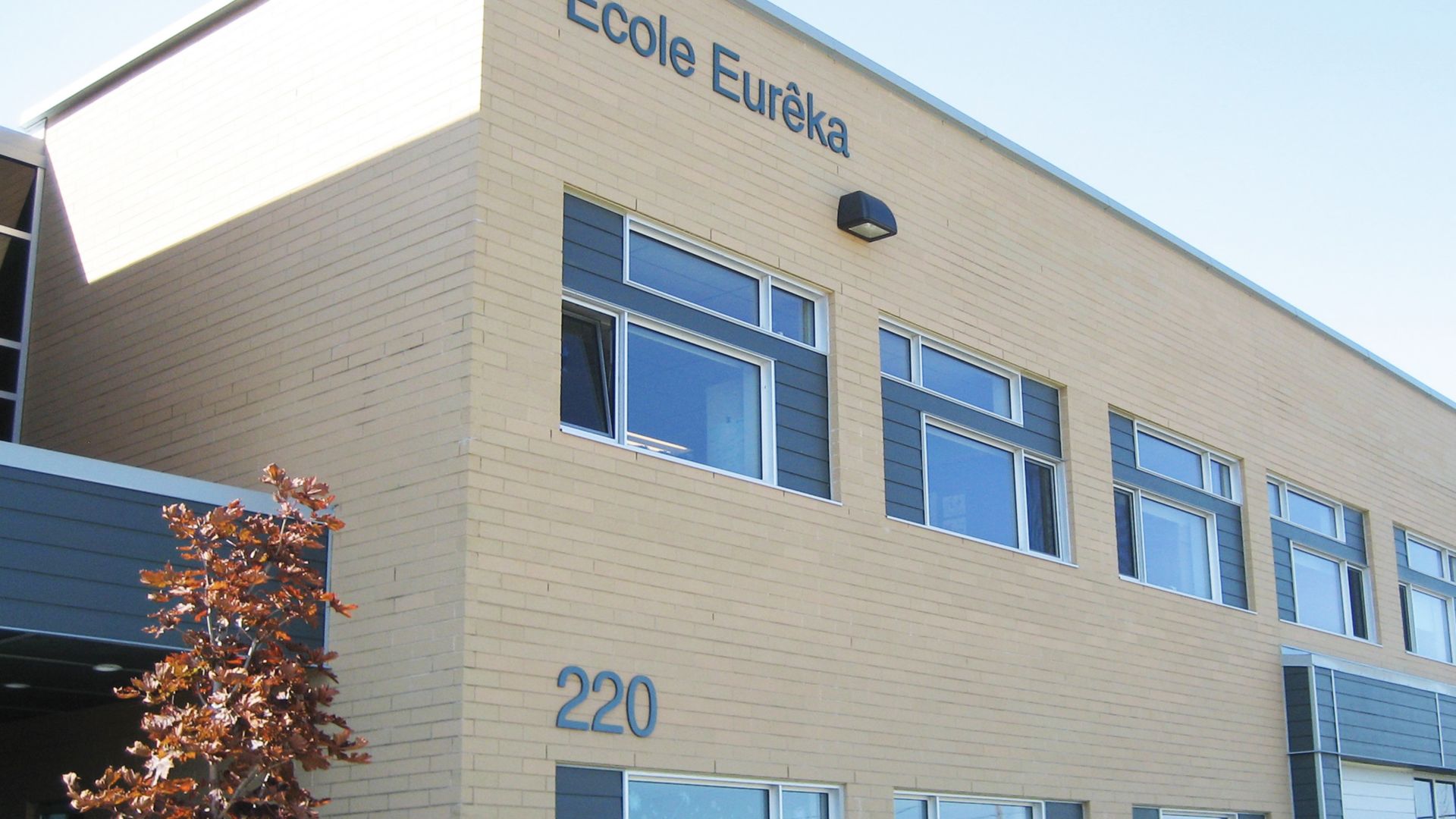WALLS BUILT FROM 1975 TO TODAY
MAIN CHARACTERISTIC
■ Probably a steel or wood frame with a masonry facadehaving a drainage cavity;
■ Mortar which contains masonry cement (Portland type cement).
TO TAKE INTO CONSIDERATION
■ Exposure to the elements, such as wind, rain, frost, etc.;
■ Changes in use;
■ The causes of deterioration.
Walls built between 1975 and today are generally constructed from a steel or wooden structure to which a masonry facade is attached. These walls are often built using a mortar containing masonry cement or a pure lime and Portland cement based mortar.
For these buildings, it is imperative to determine the cause of the deterioration. It is not common to have to restore buildings of this age. It is therefore necessary to know whether the composition of the walls, including the selection of the original mortar, is at issue. If yes, it might be better to move away from the original mortar, probably rich in cement, and rather use a mortar rich in lime.
LAYING MASONRY UNITS
Most of the structures dated from 1975 until today were constructed from a mortar field mixed on site. Although a number of these projects contain lime, many have an inadequate sand-binder ratio or inconsistent blend from the beginning until the end of the project. So in order to avoid ratio or consistency issues, it is important to select a premixed mortar containing lime.
REPOINTING
Repointing requires that the new mortar be equal or weaker, in terms of compressive strength, than the original mortar and the masonry unit. The new mortar should also be equal to or greater than the original mortar in terms of water vapour permeability. Finally, the selected mortar must accompany the original mortar in all its facets and not represent a constraint.
TIP
The basic rule in terms of compressive strength is to always be equal or weaker than the original mortar. When in doubt always select a weaker or more porous mortar. It will be easier and less expensive to redo masonry joints than having to change masonry units.
Recommendations
BEDDING MORTAR
■ Requiring low to medium compressive strength
■ For non-load bearing interior and exterior walls: King® 1-1-6
■ Requiring medium to high compressive strength
■ Load-bearing wall, parapet, foundation, chimney, retaining wall or any masonry work exposed to a high level of saturation: King® 2-1-9
REPOINTING
■ Requiring low to medium compressive strength
■ For non-load bearing interior and exterior walls: King® MasonCare 300 or King® MasonCare 1258
■ Requiring medium to high compressive strength
■ Load-bearing wall, parapet, foundation, chimney, retaining wall or any masonry workexposed to a high level of saturation: King® 1-1-6 or King® 2-1-9
■ Walls highly exposed to de-icing salts: Reconstec 900

